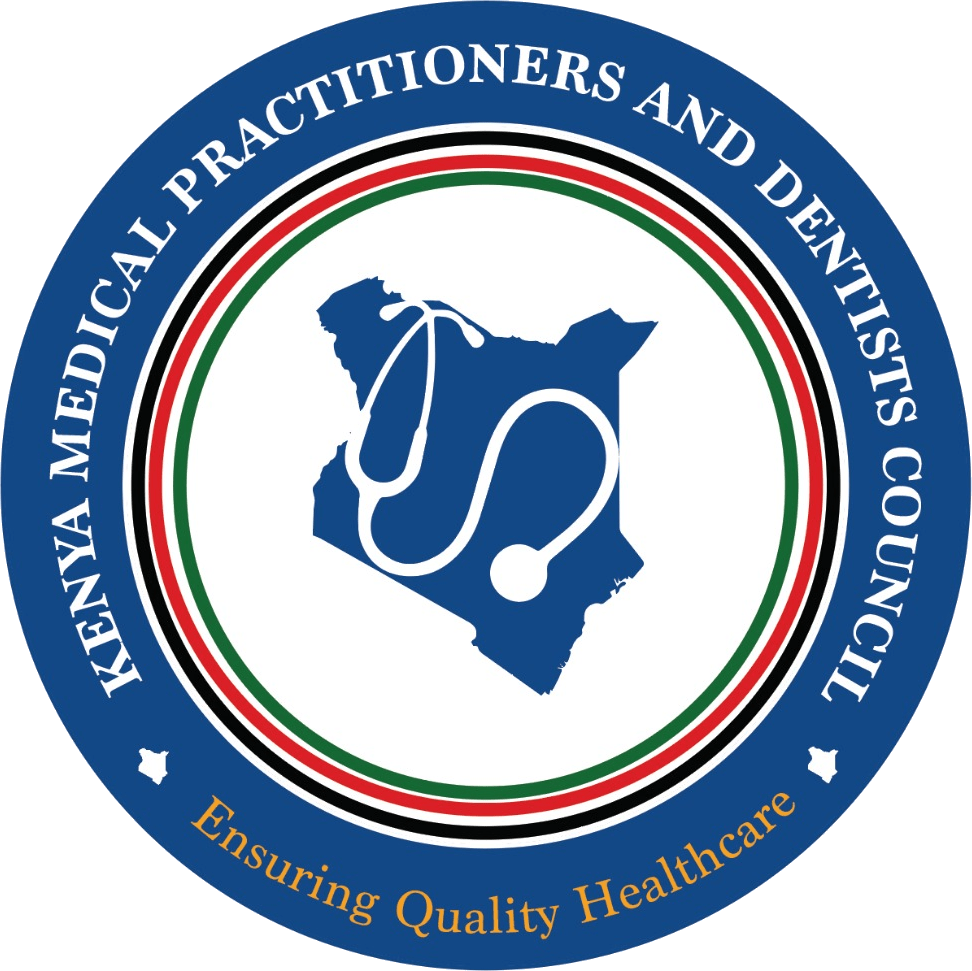Starting on:
May 2, 2025
Ending on:
May 2, 2025
Moderator(s):
Boardroom
Max Credits:
3 Points
Provider:
Plainsview Nursing Home
Claim Points
May 2, 2025
Ending on:
May 2, 2025
Moderator(s):
Dr.
Cyrus Kamau
Obs & Gyn
Venue: Obs & Gyn
Boardroom
Max Credits:
3 Points
Provider:
Plainsview Nursing Home
Claim Points
PPH
Starting on:
May 2, 2025
May 2, 2025
Ending on:
May 2, 2025
May 2, 2025
Venue:
Boardroom
Boardroom
Description
PPH (postpartum hemorrhage) management involves a stepwise approach from less invasive to more invasive treatments, focusing on addressing the underlying cause. Key management strategies include using uterotonic medications (like oxytocin), performing uterine massage, ensuring the bladder is empty, using compression techniques, administering blood transfusions for significant blood loss, and in severe cases, resorting to surgical options.
Objectives
Initial steps (addressing uterine atony)
Uterine massage: If the uterus is "boggy" (not firm), manually massage the fundus to stimulate contractions.
Empty the bladder: A full bladder can prevent the uterus from contracting properly, so a catheter should be used to empty it.
Fundal pressure: Apply pressure to the fundus to help with contraction
Medications
Uterotonics: These are often the first-line medical treatment to cause the uterus to contract.
Oxytocin: The first-choice drug, given intravenously or intramuscularly.
Methylergonovine: Can be used if oxytocin is not effective, but is contraindicated in women with high blood pressure.
Carboprost: A prostaglandin that is effective but should be avoided in women with asthma.
Supportive care
Fluid and blood replacement: For significant blood loss, fluid resuscitation with IV crystalloids and blood product transfusion (packed red blood cells, platelets, fresh frozen plasma) is crucial.
Monitoring: Close monitoring of vital signs and blood counts is essential.
Presenters
-
Dr.
Cyrus Mumbura

